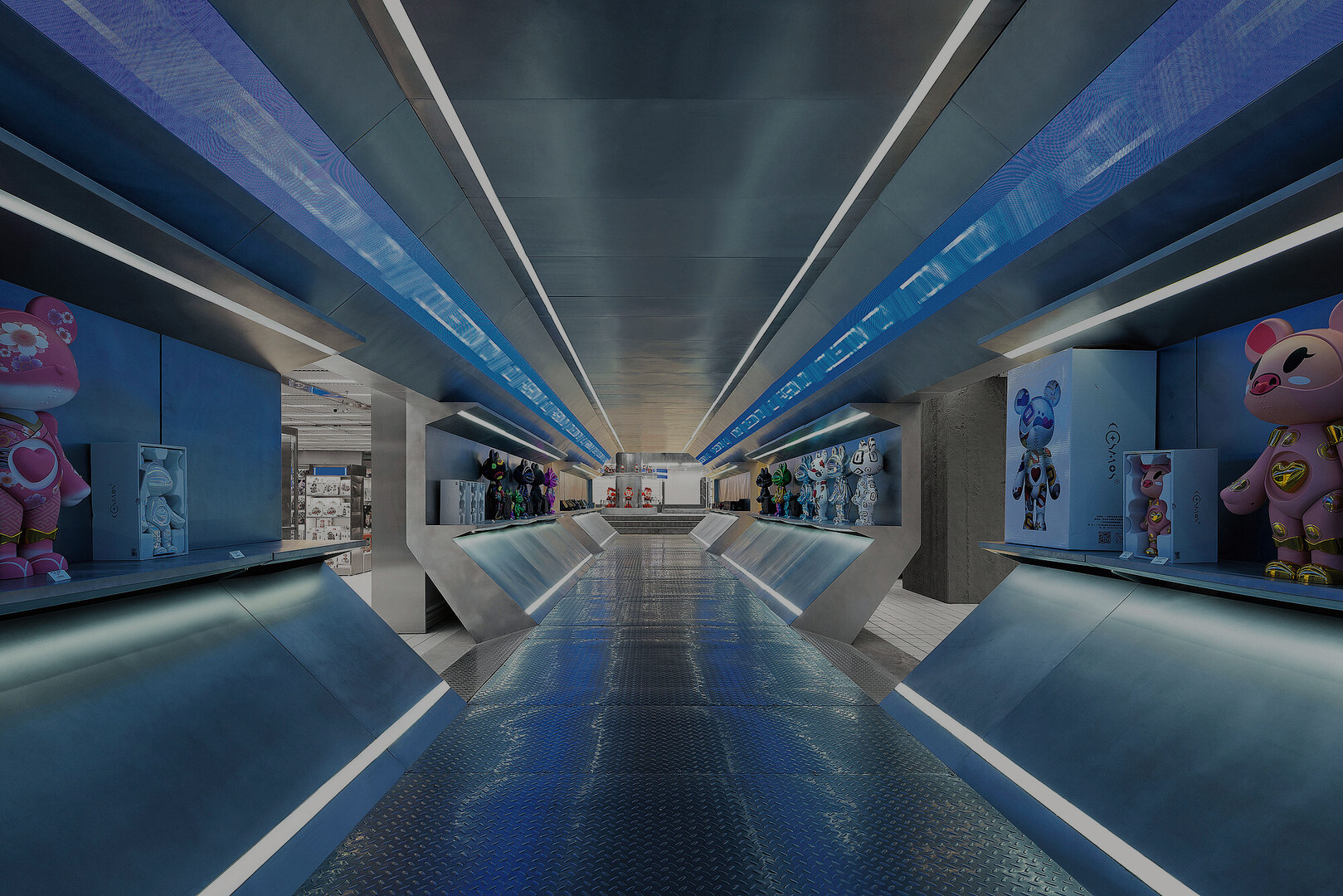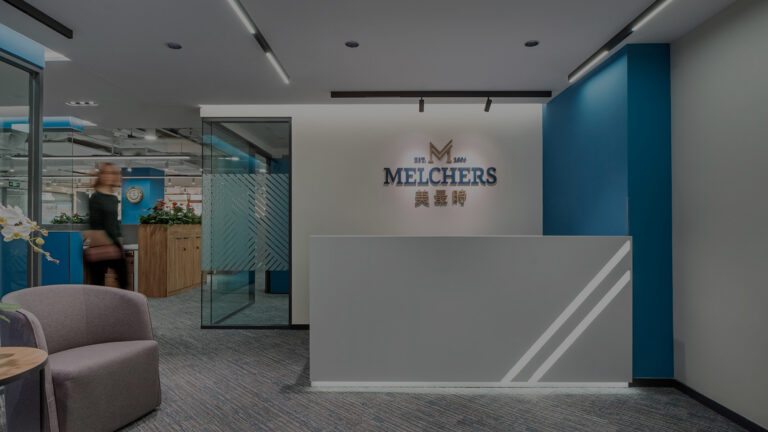According to Bain & Company, Gen Z will make up 40% of the luxury market by 2035. The next generation of consumers has a spending power of about 140 to 350 billion dollars, but marketing to this generation will be a challenge for many companies. Appealing to this generation will be crucial to brand longevity because the younger generation influences the older generation and because of the need to have a multigenerational consumer base.
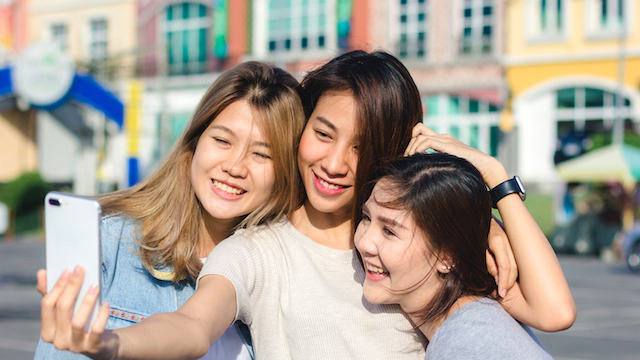
Who is Gen Z?
Gen Z consists of people born from 1997 to 2012. They are an internet-dependent generation. This dependency on technology makes this generation largely influenced by social media. Life online and offline blends into each other. Overexposure to the internet makes this generation deeply care about the world and change. The internet gives this generation endless options and knowledge. They want products, experiences, and services that align with their values. Self-expression is crucial to this generation.
What is their attitude towards companies & buying
When it comes to buying, traditional marketing is not enough for this generation. It is not enough for a product to be good or to have a famous brand name, they need something more than these. The experience when purchasing matters. They have very high expectations and expect extraordinary service and crave authenticity. Gen Z cares about brand identity and what they stand for. They look for values such as sustainability, inclusivity, social responsibility, social consciousness, and authenticity. Brand storytelling that expresses clear values is essential. This generation also does a lot more product research before buying, using social media platforms such as Weibo, Douyin, TikTok, WeChat, Instagram, Bilibili, and many more to decide if a product is worth buying.
Bloomberg states, “But what truly sets China’s Gen Z apart from previous generations, and poses the greatest threat for multinationals from Sony Group Corp. to Christian Dior SE and Nike Inc. is their growing nationalism, fueled by Beijing’s desire to flex the country’s rising global clout”. Gen Z is not easily impressed by foreign brands and has been turning towards domestic brands which creates a serious challenge for all foreign brands wanted to reach this generation in China.
Gen Z will cancel brands and influencers. They are aware that they have countless options to choose from, so one negative experience will make them move on to the next. Recently, Dior has come under fire for cultural appropriation for a skirt design for their Fall 2022. The design is identical to the mǎmiànqún (horse face skirt). Dior has not yet responded but took down the item from their website. That shows how the younger generations are more culturally sensitive to brands
What companies have done to appeal to them
Gen Z is pushing for more e-commerce. Products and brands that have cultural value are appealing. If something is popular within the generation, collectible, rare, or limited edition, it boosts up its desirability. Collaborations with relevant people like influencers, celebrities, and KOLs have helped brands market to Gen Z since they highly hold online recommendations. User-generated content is used as a signifier if the product or store is worth buying or visiting. The shopping experience in stores and online should be technology driven. An intriguing store design is crucial, just like social media worthiness with QR codes and WeChat mini-programs. For example, the brand Randomevent uses 1990s nostalgia as inspiration for its clothing and a museum-like store design. Randomevent has created collaborations with brands that are popular with Gen Z, like Vans, Dickies, and Reebok.
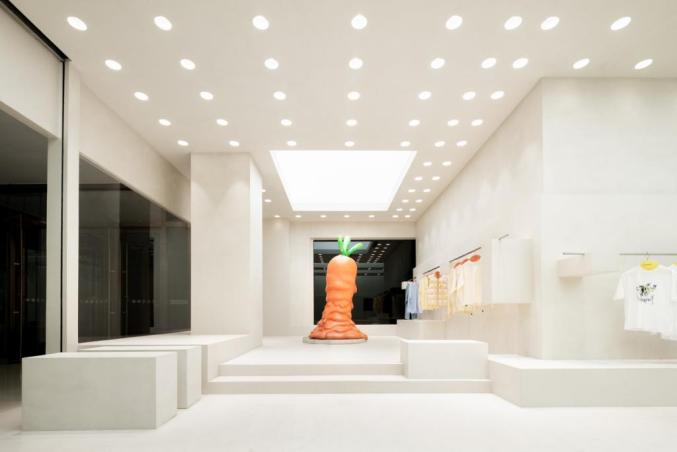
Randomevent store design tailored to Gen Z
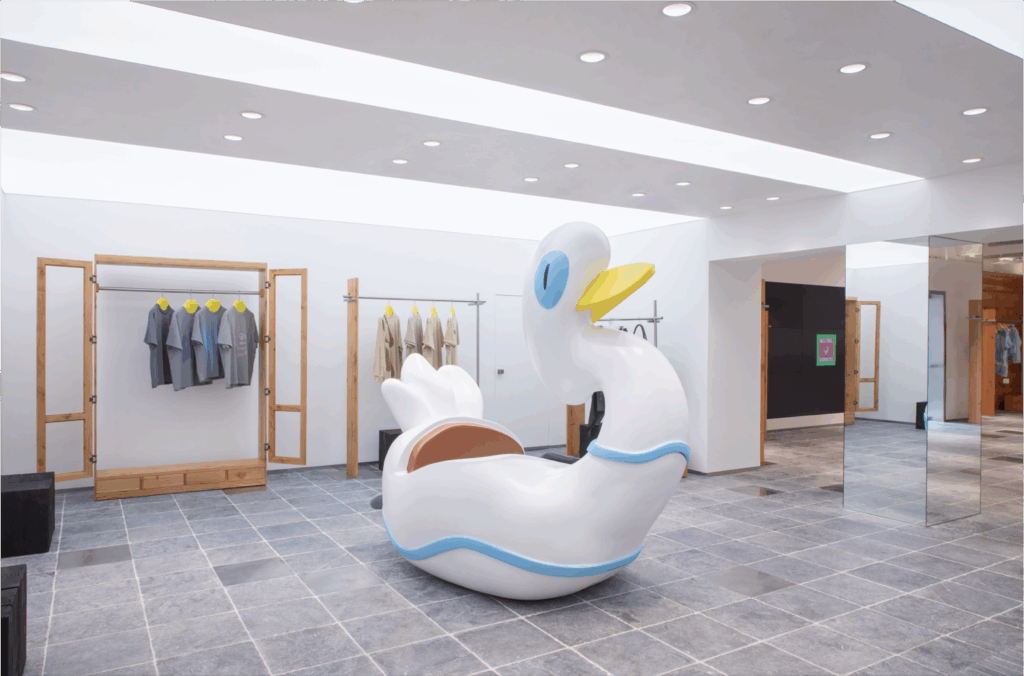
Randomevent store design tailored to Gen Z
Another unique concept is the ENG (Explore, Navigate, Generate) stores. ENG stores and the website carry designers like Mugler, Telfar, Ludovic de Saint Sernin, Didu, and many more. ENG does a great job of creating a retail experience by directly targeting Gen Z. Using futuristics motifs, the stores have turned into must-see locations, especially because of the many events hosted in stores.
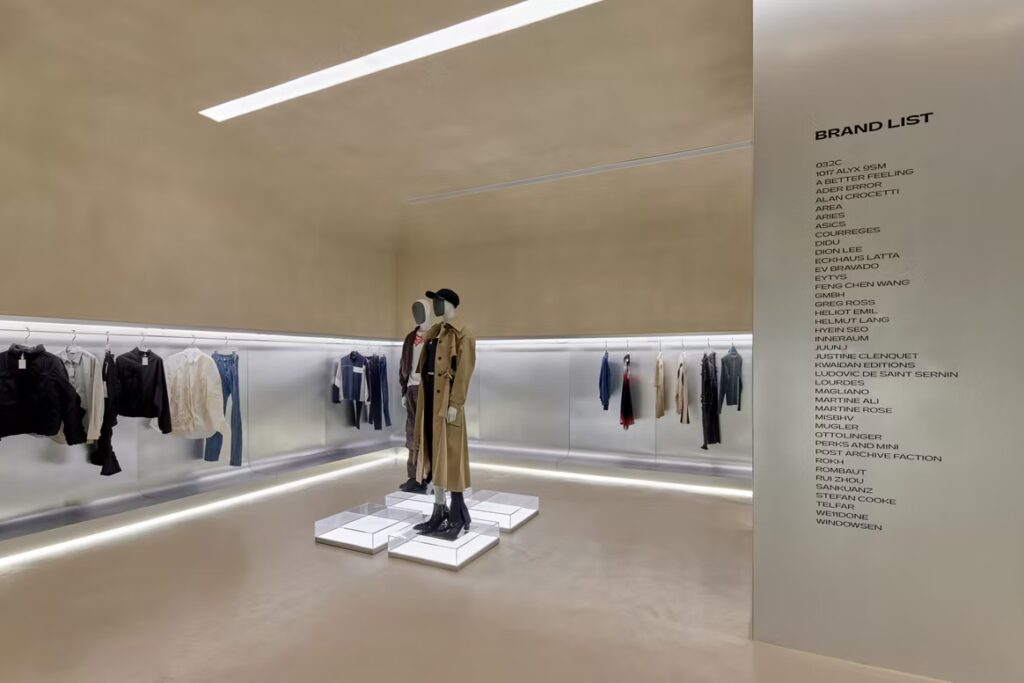
ENG Store Design
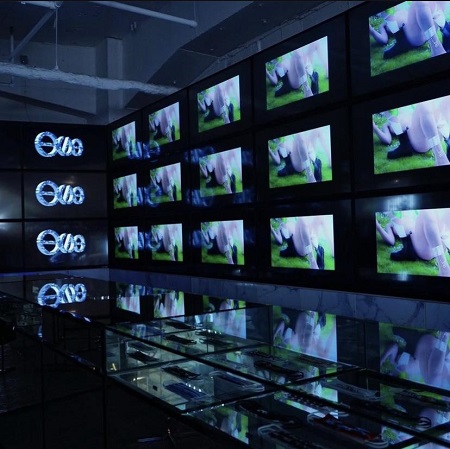
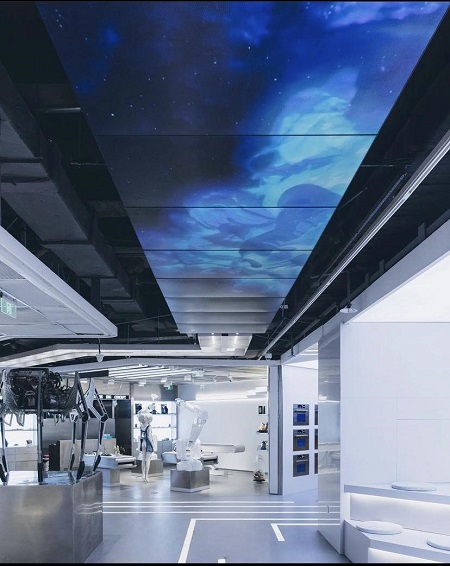
ENG Store Design
Mac Cosmetics spent six months on consumer research to target Gen Z with their store in Shanghai, China. The store’s focus is to blend technology into the store design to make the shopping experience more personalized. The store has a WeChat mini program and smart mirrors for customers to try on makeup virtually.
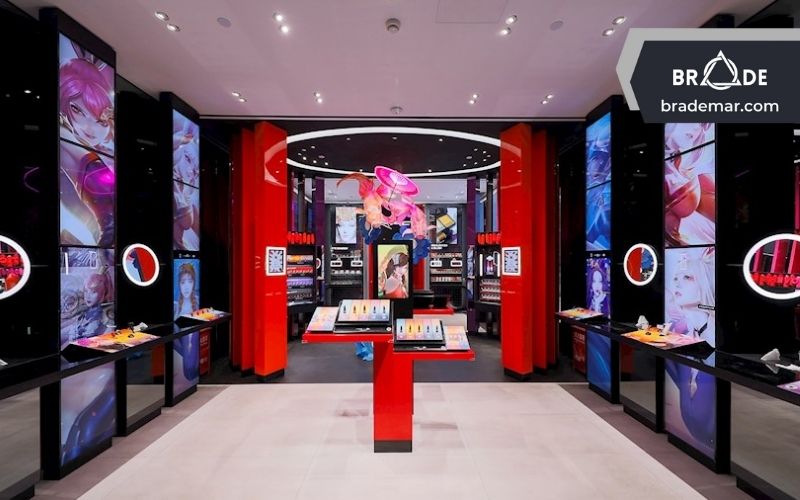
Mac Cosmetics Store Design
X11, a toy store, is trying to appeal to Gen Z parents. X11 uses their store design to attract Gen Z by making social media-worthy backgrounds for photos and appealing to Gen Z’s passion for exploring and fun.
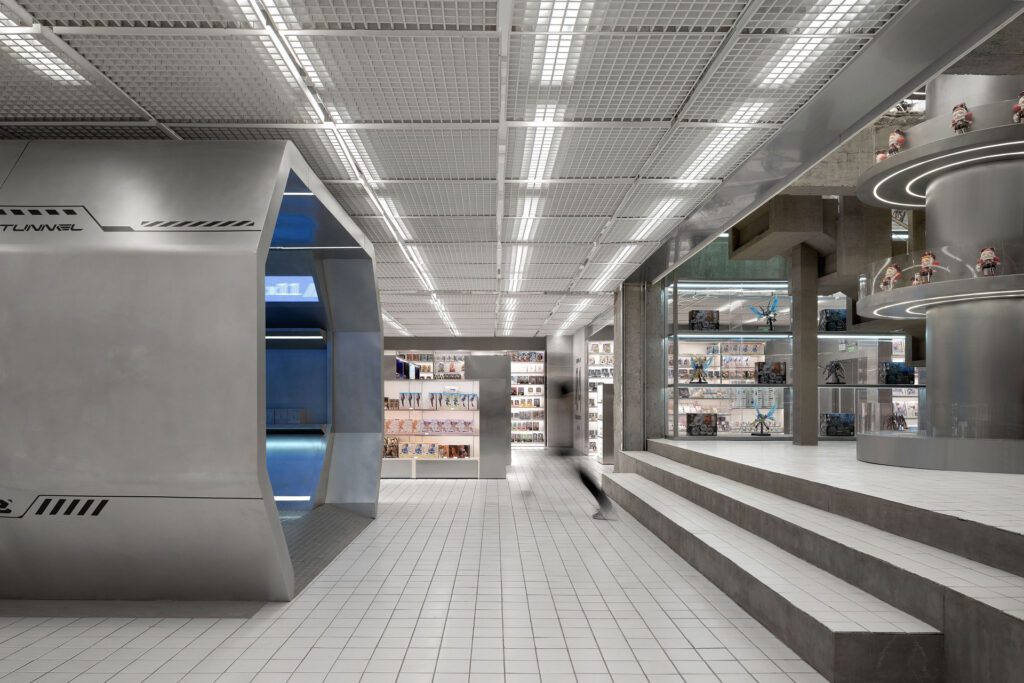
X11 Toy Store Design
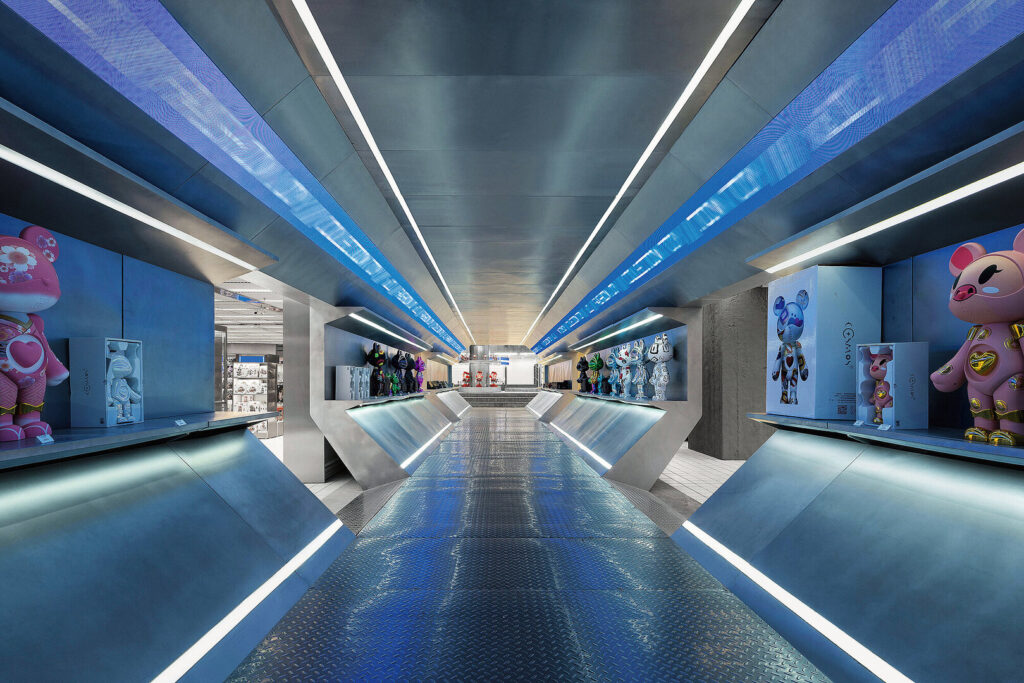
X11 Toy Store Design

X11 Toy Store Design
This digitally native generation spends quite some time online but when it comes to their shopping, they’re more likely to prefer physical stores with real experience. GenZ is also exposed to more new brands on digital channels (social media, ads, etc), which makes them less loyal to brands. All these are resulting in brands having to work harder, and have a better strategy to hold onto Gen Zs as customers.

